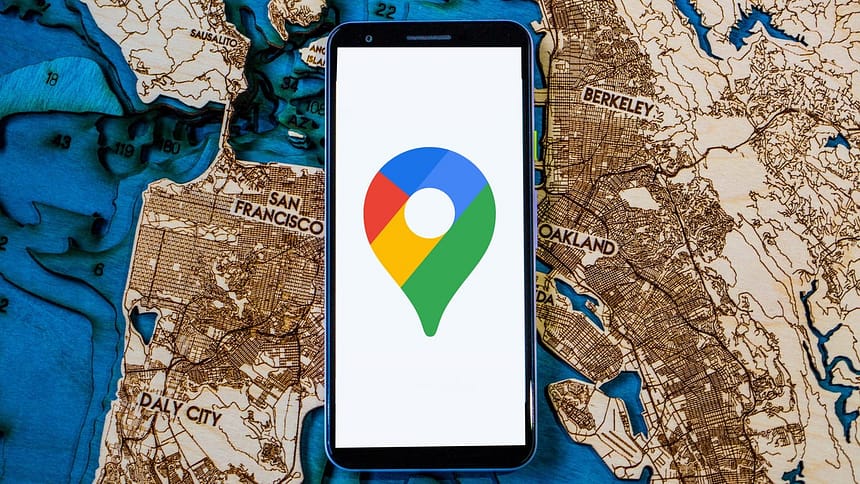Google Maps is getting a handful of new paid AI-powered tools to help businesses and cities improve roads, manage traffic congestion and learn trends about local areas.
The tech giant unveiled new Google Maps capabilities intended to change the way companies, cities and agencies such as local traffic authorities make decisions. The announcement came during Google’s annual Cloud Next conference in Las Vegas on Tuesday.
One of the new tools, called Imagery Insights, uses Street View alongside with Vertex AI (the company’s AI experience builder) to help identify and detect objects, such as telephone poles and street signs. For example, if a telecom company wants to determine which utility poles require maintenance, they can use the information to not only better locate the poles but also learn more about their conditions virtually.
Yael Maguire, Google’s general manager of Google Maps Platforms, told CNET the tool would allow companies to maintain these pieces of infrastructure without sending people to the actual sites across cities.
“AI is absolutely essential to making this happen because we can’t rely on humans, for example, to identify all of the poles in Google Street View imagery or … all of the stop signs in a particular city or the pot holes or broken sidewalks,” Maguire said.
He said the tools are meant to “enrich the work people are already doing.”
The effort comes as companies like Google continue to experiment with adding forms of AI into their existing products, shifting how people tackle everyday tasks and make sense of more complex data.
Another new tool, called Places Insights, seeks to help businesses identify trends in an area or determine where to expand. Google will provide customized and aggregated insights about places in a broad area based on ratings, store hours, parking, wheelchair accessibility and other information. It also could provide location suggestions if a retailer wanted to open a new store near a bunch of expensive restaurants in an area without a large retailer presence.
“We already know it’s someone’s job to figure out where the next store should be. We are trying to improve the quality of that decision,” Maguire said. “It’s an opportunity to get more comprehensive [information]; not change the labor force.”
Google also announced what it’s calling Roads Management Insights to provide deeper analysis on traffic data and help improve roads with historical and real-time traffic data. Traffic authorities could use the information to identify areas at high risk for accidents and add speed bumps or stop signs. With this information, authorities could also build better forecasting models to cut down on traffic congestion before it occurs.
The updates come at a time when both consumers and businesses are navigating concerns around trust in AI. Maguire noted each new tool includes transparency features designed to show users how much confidence they can place in its performance.
“We wanted to get to a certain threshold of performance before making it available and get feedback from [users] to make sure it meets their needs and solves business objectives,” he said. “So far, early feedback has been positive.”
The tools will roll out to businesses in the upcoming months or “even quarters,” he said. Some, however, are currently available in preview.





